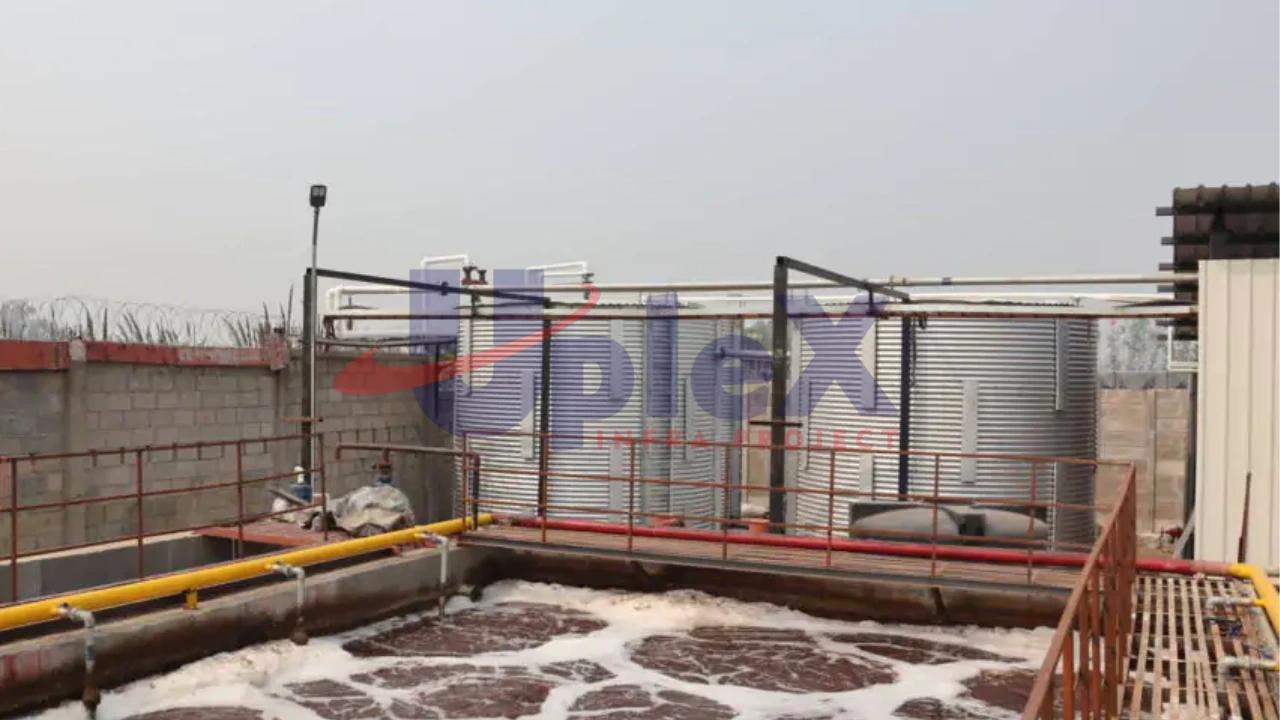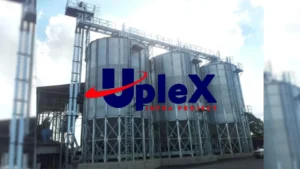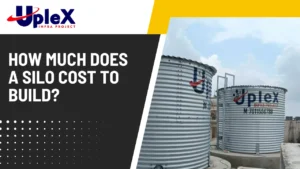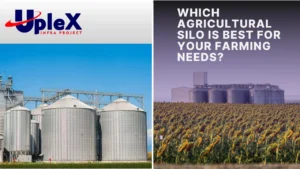When choosing metal for construction purposes, water tanks, roofing sheets or wall cladding, the most important thing is protection from corrosion. There are two popular choices in this case: Zincalume and Galvanised steel. Both metals provide corrosion resistance, but there is a lot of difference in their structure, strength, price and use. In this article, we will understand the difference between Zincalume and Galvanised steel and when to choose which one.
What is Galvanised Steel?
Galvanised steel is simply regular steel that has been coated with a protective layer of zinc through a process called hot-dip galvanizing. In this process, the steel is dipped into molten zinc, which bonds to the surface and forms a protective barrier against moisture, oxygen, and corrosive elements.
Key Features of Galvanised Steel:
- Coated with 100% pure zinc
- Shiny, spangled appearance
- Widely used for roofing sheets, fencing, and pipelines
- Economical option for short-to-medium term durability
- Offers sacrificial protection (zinc corrodes first, saving the steel)
What is Zincalume Steel?
Zincalume is a trademarked product developed by BlueScope Steel, made using a combination of zinc (43.5%), aluminium (55%), and a small amount of silicon (1.5%). This alloy coating is applied to steel using a similar hot-dip process but gives it a more uniform matte silver finish and significantly improved performance.
Key Features of Zincalume Steel:
- Aluminium-Zinc-Silicon alloy coating
- Higher corrosion resistance than galvanised steel
- Long-lasting performance, even in coastal and industrial zones
- Better thermal reflectivity
- Self-healing properties on scratches
Major Differences Between Zincalume and Galvanised Steel
| Feature | Zincalume | Galvanised Steel |
|---|---|---|
| Coating Composition | 55% Aluminium, 43.5% Zinc, 1.5% Silicon | 100% Zinc |
| Corrosion Resistance | Superior (2-4 times better than galvanised) | Good, but lower than Zincalume |
| Durability | Up to 36 years in severe environments | 10–20 years depending on conditions |
| Surface Appearance | Matte silver, smooth finish | Shiny, spangled appearance |
| Self-healing Property | Yes – Silicon helps in minor scratch protection | No – Exposed steel may rust easily |
| Thermal Efficiency | Higher – Reflects more heat | Lower – Absorbs more heat |
| Cost | Slightly more expensive | More affordable |
| Applications | Roofing, water tanks, wall cladding | Fencing, automotive parts, pipes |
| Suitability for Coastal Areas | Excellent | Poor – zinc corrodes quickly in salt-laden air |
Corrosion Performance: A Critical Comparison
When exposed to moisture and air pollutants, both coatings form a protective layer. However, aluminium in Zincalume acts as a strong barrier against environmental elements, while zinc in galvanised steel sacrifices itself to protect the steel core.
In coastal or high-humidity areas, Zincalume outperforms galvanised steel significantly because it resists rust formation and remains intact for a much longer time. For inland or low-corrosive environments, galvanised steel may suffice.
Lifespan and Maintenance
Zincalume: Thanks to the aluminium-zinc blend, it can last up to four times longer than galvanised steel in harsh environments. Zincalume also requires less maintenance, making it ideal for long-term projects.
Galvanised Steel: Lifespan depends on the coating thickness. Lightly coated sheets may last around 10 years, while heavily coated ones may last up to 20 years. It may require frequent painting or coating for added protection.
Environmental and Aesthetic Aspects
Zincalume is often preferred in modern architecture due to its sleek, silver-grey appearance and non-spangled finish. It also offers better thermal efficiency, reducing cooling loads in buildings.
Galvanised steel, while more traditional in appearance, can look dull or corrode unevenly over time, especially without maintenance. It’s also heavier due to the thicker zinc coating.
Cost Comparison
While Zincalume offers greater long-term value due to reduced maintenance and better lifespan, it costs around 10–15% more than galvanised steel. However, this initial higher cost is often justified by the savings in maintenance and replacement over time.
Which One Should You Choose?
Choose Zincalume if:
- Your project is near the sea, industrial zones, or high-humidity areas.
- You need high corrosion resistance and long-term performance.
- You prefer a modern, uniform look.
- Thermal efficiency is important to you.
- You are investing in roofing, water tanks, or exterior cladding.
Choose Galvanised Steel if:
- Your project is in a dry, low-corrosion environment.
- You have a limited budget.
- The application is short-term or temporary.
- You plan to apply paint or powder coating for additional protection.
Conclusion
Both Zincalume and Galvanised steel have their own advantages. Zincalume is ideal for long-term, high-performance applications where corrosion resistance is a priority. Galvanised steel is better suited for cost-sensitive projects or applications in mild environments.
When choosing between the two, always consider location, exposure conditions, aesthetic needs, and budget. Uplex Infra Project Pvt. Ltd. helps clients select the right materials for their needs, ensuring the best performance and durability.
Also Read : What is a Silo? and What is a Grain Silo?




